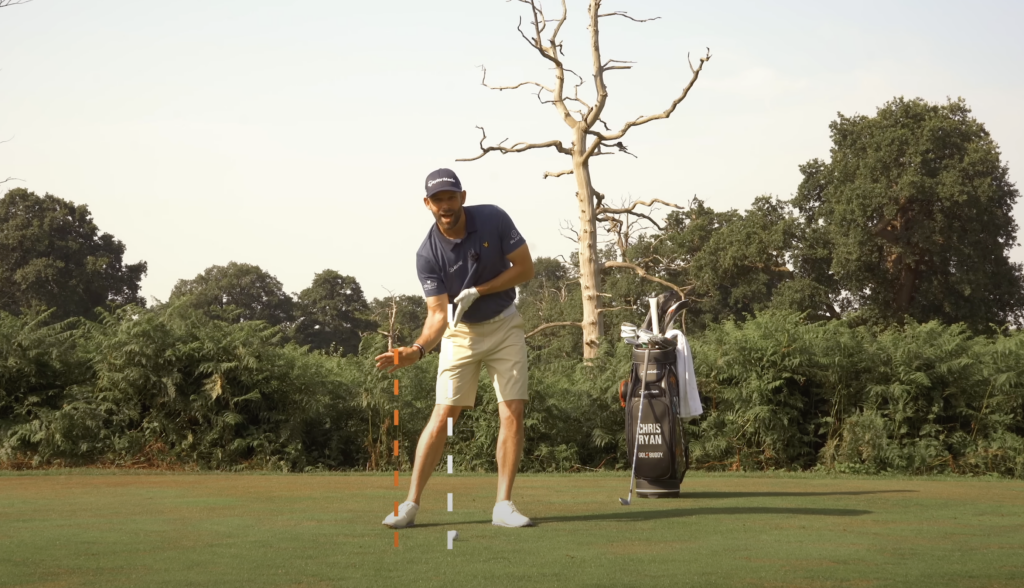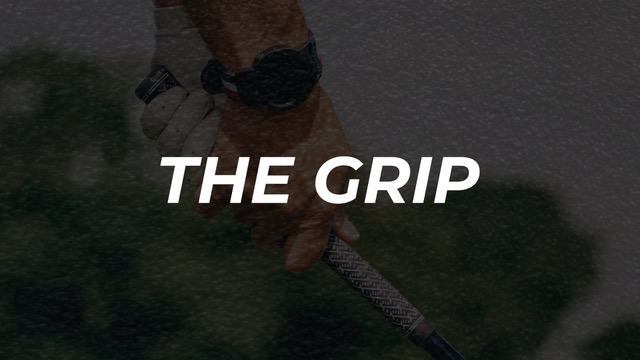Each golfer is unique, and therefore it is expected that their individual golf downswing will be based on their unique approach to the sport. This is determined by their grip, stance, and physical attributes. Nevertheless, there are golf downswing essentials that all golfers need to adhere to, which can improve their game. In this context, we will focus on the golf downswing sequence, which is an area that a significant number of golfers could improve.
One of the fundamental elements of the downswing sequence is the weight or pressure in the golf swing that should move to the lead leg relatively early in the golf downswing. The sequencing plays a key role in this aspect of the swing. Don’t miss out on your chance to improve your game; sign up now.
Golf Downswing Sequence
To understand the correct golf downswing sequence, we will highlight four key areas, namely the hips, upper body, arms, and club. During the backswing, these areas move away from the target, creating the wind-up or coil, but before the club head completes its backswing, the hips initiate the downswing by moving back towards the target. The upper body follows the hips, making its movement towards the target. The arms are third to move in this sequence, with the club being the last part to move back towards the target.

The sequence of hips, upper body, arms, and club is considered the most common sequence demonstrated in great players. When achieved, it can be a huge source of power, as well as helping with timing and rhythm within the golf swing.
Golfers who are struggling with strike, power, and direction can often begin the golf downswing sequence with the upper body or arms. This poor sequence can see the club move dramatically out of position and make it very hard to deliver the club head with speed.
A simple visual can help golfers understand this correct sequence. For instance, the act of throwing a ball is a good analogy. Most people would start with a step forward (hips), followed by a turn of the upper body, then a swing of the arm before finally using the wrist to throw the ball. This sequence often feels quite natural in this situation, and it can be taken into the golf swing to improve the golf downswing sequence. Improve your game with our online courses.










